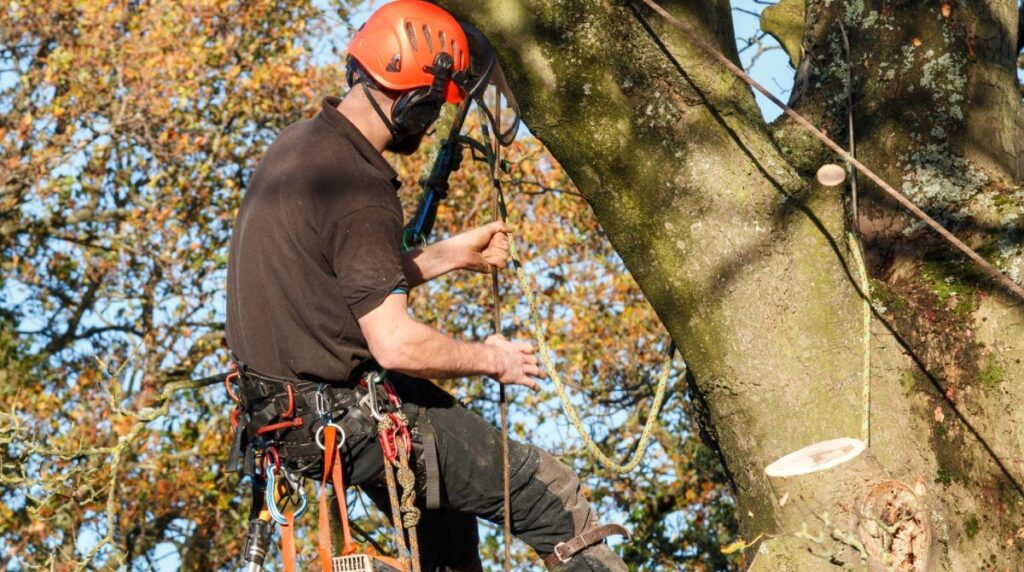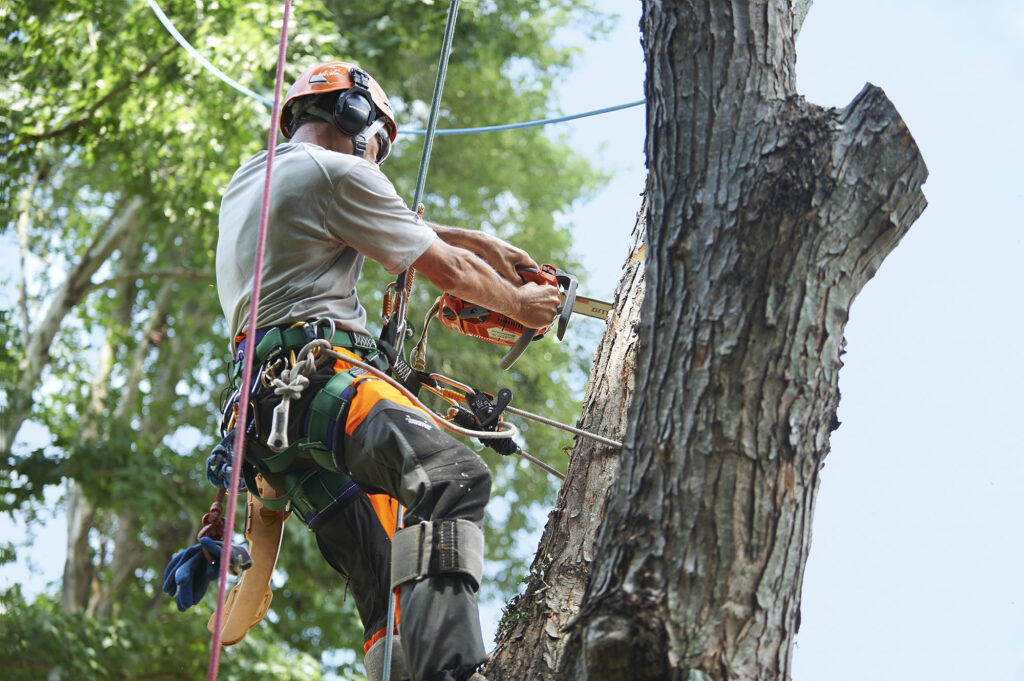Arborist reports are essential documents for tree management in Sydney. Whether you are a property owner, developer, or involved in a development application, understanding arborist reports is crucial. In this comprehensive guide, we will explore the purpose, key components, process, interpretation, legal implications, and impact of arborist reports. By the end of this article, you will have a clear understanding of what you need to know about arborist reports in Sydney.
Understanding Arborist Reports
Arborist reports, also known as tree reports, are comprehensive assessments conducted by qualified arborist Sydney. These reports provide valuable information about the condition, health, and management of trees. They are vital in making informed decisions regarding tree preservation, removal, and development. Understanding the purpose and key components of arborist reports is fundamental to interpreting their findings accurately.
Arborist reports play a crucial role in urban planning and development projects. By assessing the health and structural integrity of trees, arborists help city planners and developers make decisions that balance environmental conservation with urban expansion. These reports contribute to sustainable development practices by guiding the preservation of valuable trees while ensuring public safety and infrastructure integrity.

The Purpose of an Arborist Report
An arborist report serves several purposes. Firstly, it evaluates the health and structural integrity of trees. This assessment helps determine if a tree poses any risks, such as diseases, pests, or structural issues that may endanger people or property. Secondly, arborist reports provide recommendations for tree management, which may include pruning, fertilization, or removal. Finally, these reports can be used as evidence in legal proceedings or development applications.
Moreover, arborist reports contribute to the overall health of urban ecosystems. By identifying tree species that are thriving or struggling in specific environments, arborists can recommend planting strategies that enhance biodiversity and resilience. This proactive approach to tree management fosters sustainable landscapes that benefit both human communities and wildlife populations.
Key Components of an Arborist Report
Arborist reports typically include detailed information about the assessed trees. This information may include the tree species, age, size, location, and health status. Additionally, arborist reports often discuss the surrounding environment, soil conditions, and potential influences on tree health. The report may also outline any hazards or risks associated with the tree and provide recommendations for tree management based on the assessment.
Furthermore, arborist reports serve as educational tools for property owners and land managers. By explaining the specific needs and vulnerabilities of trees on a property, these reports empower individuals to make informed decisions about tree care and maintenance. This knowledge-sharing aspect of arborist reports fosters a culture of responsible tree stewardship and environmental awareness within communities.
The Process of Obtaining an Arborist Report in Sydney
Now that you understand the importance of arborist reports, let’s delve into the process of obtaining one in Sydney. This section will cover when you need an arborist report, how to find a qualified arborist, the cost associated with these reports, and some additional considerations to keep in mind.
When Do You Need an Arborist Report?
You may need an arborist report in various situations. If you plan to remove a tree, especially if it is protected under tree preservation orders, an arborist report is typically required. This report helps ensure that the removal is justified and that the tree’s value and impact on the environment are properly assessed. Additionally, before undertaking any tree-related activities in a development application, an arborist report is often mandatory. This ensures that the proposed activities will not harm the trees or compromise the overall landscape. Lastly, if you suspect a tree on your property is hazardous, it’s advisable to commission an arborist report for safety and liability purposes. The report will provide expert insight into the tree’s condition and recommend appropriate actions to mitigate any risks.
How to Find a Qualified Arborist
Finding a qualified arborist is essential to obtain an accurate and reliable arborist report. Look for arborists who are certified by reputable organizations such as the International Society of Arboriculture (ISA) or the Tree Guild of Australia. These certifications ensure that the arborist has received proper training and adheres to high professional standards. Additionally, ask for references and examples of previous reports to assess the arborist’s competence. It’s also worth considering the arborist’s experience in dealing with similar projects or tree species. This expertise can greatly enhance the quality of the report and the recommendations provided.
The Cost of an Arborist Report
The cost of an arborist report can vary depending on various factors, such as the number of trees assessed, the complexity of the assessment, and the arborist’s qualifications and experience. It’s advisable to obtain multiple quotes from different arborists to compare prices and services. However, it’s important to remember that the cost of an arborist report is a valuable investment in tree management and safety. A comprehensive report can help you make informed decisions about tree care and ensure the long-term health and well-being of your trees. Additionally, some local councils may offer subsidies or grants for arborist reports, so it’s worth exploring these options to help offset the cost.
When obtaining an arborist report, it’s crucial to provide the arborist with all relevant information about the trees in question. This includes details about the species, size, location, and any specific concerns or objectives you may have. The more information you provide, the more accurate and tailored the report will be. Remember, an arborist report is not just a piece of paper; it’s a valuable tool that can guide your tree management decisions and help preserve the natural beauty and environmental benefits that trees provide.

Interpreting Your Arborist Report
Once you have obtained your arborist report, it’s crucial to understand and interpret its findings accurately. This section will cover common terms used in arborist reports and provide guidance on what to look for when reviewing your report.
Understanding an arborist report involves delving into the intricate details of tree health and management. These reports are comprehensive documents that provide insights into the condition of your trees, potential risks, and necessary actions to maintain their well-being. By deciphering the information presented in the report, you can make informed decisions regarding the care and maintenance of your trees, ensuring their longevity and vitality.
Common Terms Used in Arborist Reports
Arborist reports often contain technical terms and jargon specific to the industry. Understanding these terms is vital to grasp the assessment accurately. Some common terms include crown reduction, deadwood removal, canopy density, and root collar excavation. It’s recommended to ask your arborist or consult a glossary of arboricultural terms to familiarize yourself with these terms.
Each term in an arborist report holds significance in evaluating the overall health and structural integrity of a tree. For example, crown reduction refers to the strategic trimming of branches to reduce the overall size of the tree’s canopy. Deadwood removal involves the elimination of dead branches, which can pose safety hazards and impact the tree’s health. Canopy density relates to the amount of foliage present in the tree’s upper branches, influencing its ability to photosynthesize and thrive. Root collar excavation is a process that exposes the base of the tree to assess root health and address any issues affecting stability.
What to Look for in Your Report
When reviewing your arborist report, pay close attention to the conclusions and recommendations provided. The report should clearly outline any hazards, risks, or actionable steps required for tree management. Look for details on tree pruning, fertilization, removal, or any other pertinent recommendations based on the assessment.
Additionally, consider the long-term implications of the recommendations outlined in the report. Understanding the timeline for implementing various tree care practices can help you prioritize tasks and allocate resources effectively. By following the guidance laid out in the arborist report, you can proactively address issues, promote tree health, and create a safe environment for both your trees and property.
Legal Implications of Arborist Reports in Sydney
Arborist reports have legal implications, especially concerning property laws and development applications. Understanding these implications is crucial to ensure compliance with regulations and protect your interests.
Arborist reports play a vital role in the intricate web of laws and regulations governing tree management in Sydney. These reports provide detailed insights into the health, condition, and significance of trees on a property, helping property owners make informed decisions that align with legal requirements.
Arborist Reports and Property Law
Tree preservation laws vary across different municipalities in Sydney. With arborist reports, you can assess the impact of these laws on your property. The report will identify any protected trees and provide recommendations for tree management within legal constraints. Failure to comply with tree preservation laws can result in significant penalties and legal repercussions.
Moreover, arborist reports serve as crucial evidence in legal disputes related to trees on a property. In cases where tree removal or pruning actions are challenged, these reports can provide expert opinions and data to support your position and demonstrate compliance with relevant laws.
The Role of Arborist Reports in Development Applications
When submitting a development application involving trees, an arborist report is often required. The report helps assess the impact of the proposed development on trees and provides recommendations for tree protection or management during the construction process. It’s essential to follow these recommendations to comply with development regulations and obtain the necessary approvals.
Furthermore, arborist reports can also aid in fostering sustainable development practices. By highlighting the value of trees on a property and offering strategies for their preservation, these reports contribute to the broader goal of balancing urban development with environmental conservation in Sydney’s evolving landscape.
The Impact of Arborist Reports on Tree Management
Arborist reports play a crucial role in effective tree management, especially in the context of tree preservation orders and sustainable tree practices. This section will explore the relationship between arborist reports and tree preservation orders and highlight the benefits of using arborist reports for sustainable tree management.
Arborist Reports and Tree Preservation Orders
Tree preservation orders aim to protect significant trees and their contribution to the natural environment. Arborist reports provide essential information for assessing the condition and health of protected trees. These reports inform decisions on granting permissions for tree removal, pruning, or any other tree-related activities. By complying with arborist reports and tree preservation orders, you can contribute to the long-term preservation of our urban forests.
Using Arborist Reports for Effective Tree Management
Arborist reports are valuable tools for implementing effective tree management practices. By following the recommendations outlined in the reports, you can ensure the health and longevity of your trees. Arborists can offer guidance on proper pruning techniques, soil management, and pest control. Implementing these recommendations will contribute to the sustainability of urban tree canopies, providing numerous benefits such as improved air quality, reduced urban heat island effect, and enhanced aesthetic appeal.

